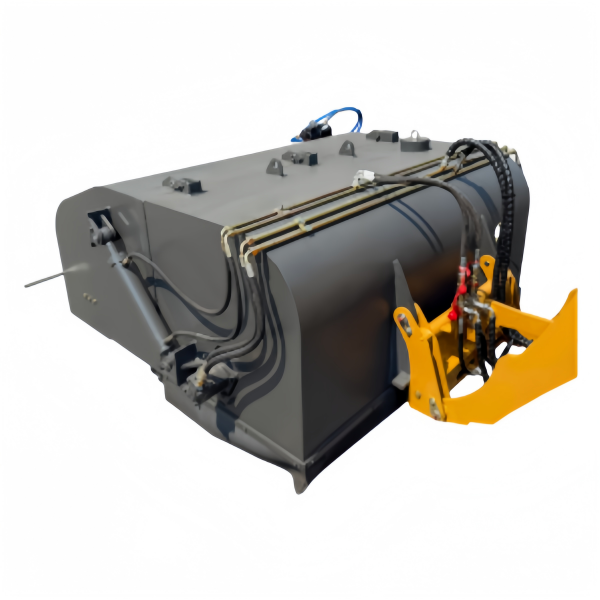Product Information
Core Definition: What is a Road Sweeper?
A road sweeper, also known as a road sweeper or road sweeper in Chinese, is a comprehensive cleaning machine that combines sweeping, collection, transportation, and even filtration. Its primary function is to remove various road debris, including dust, sand, fallen leaves, paper scraps, plastic bottles and cans, and construction debris, and deposit them into its dust collection bin before transporting them to a designated disposal location.
Core Systems and Components
A modern road sweeper typically includes the following key systems:
Sweeping System: This includes the main brush (cylindrical brush) and auxiliary brushes (side/corner brushes), responsible for sweeping debris toward the suction port.
Suction System: This includes a high-power fan and suction pipe/suction port, generating negative pressure to draw in debris.
Waste Storage System: This includes a dust collection bin for storing debris, typically equipped with a filter and dust vibrator to prevent clogging.
Hydraulic System: This includes a water tank and spray system for spraying and suppressing dust, maintaining a clean working environment.
Hydraulic System: This provides power for the brushes, including their lifting and rotation, and the fan.
Control System: An operating panel in the cab controls all cleaning functions.
Application Scenarios
Municipal Sanitation: Daily cleaning of urban roads, squares, and parks.
Highways: Maintaining road cleanliness and removing obstacles that could cause traffic accidents.
Industrial and Mining: Removing industrial waste and dust from factory premises to maintain a safe production environment.
Construction Sites: Cleaning entrances, exits, and internal roads to meet environmental protection requirements and prevent vehicles from entering the road with mud.
Airports and Seaports: Cleaning runways, aprons, and docks to ensure operational safety.
Business Parks and Logistics Centers: Maintaining large parking lots and internal roads.


